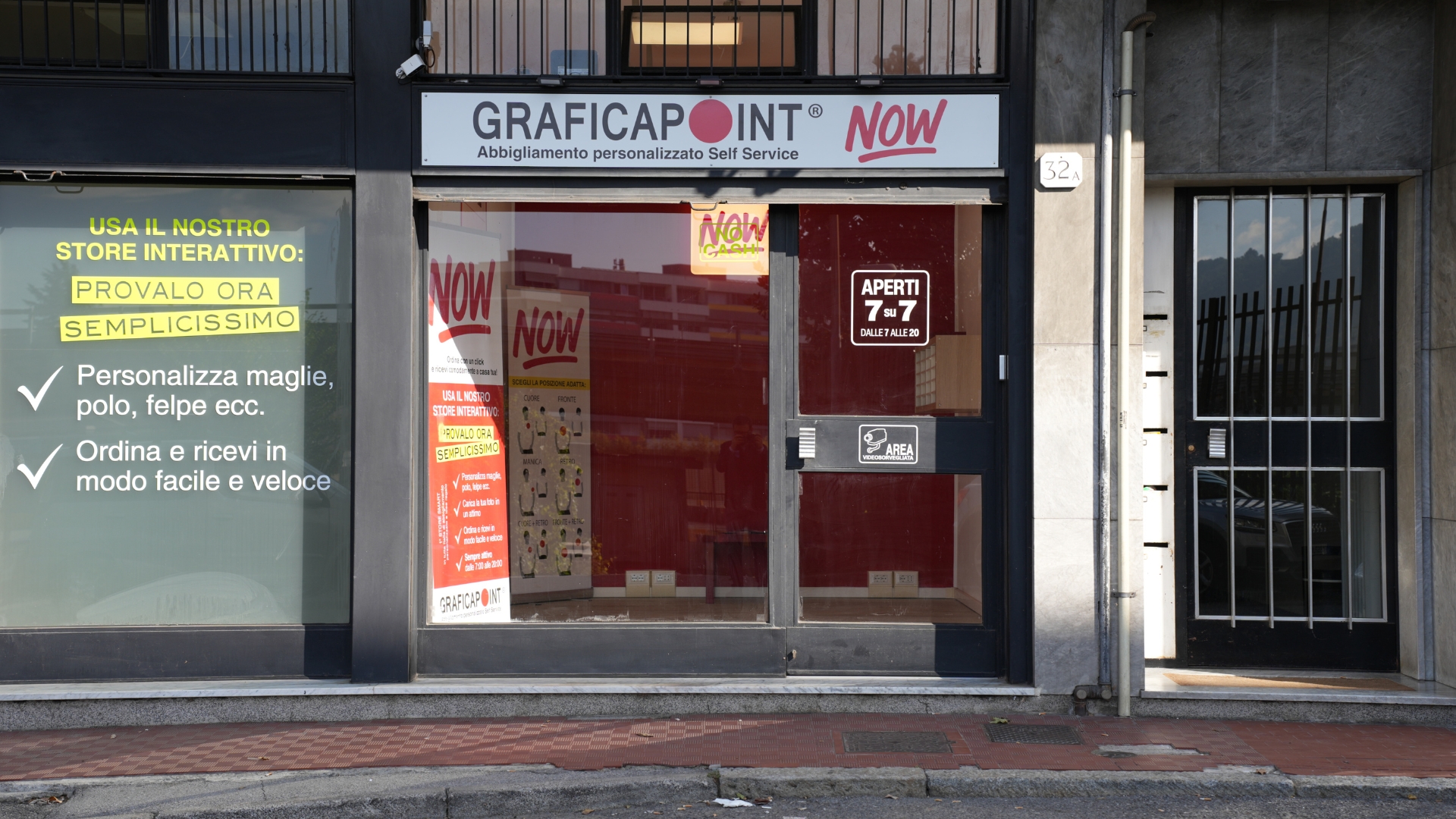Thoughts coming away from NRF2023

I was last at NRF before the pandemic, 3 years and a lifetime ago. Much has changed.
Metaverse has given way to (economic) reality
The relative absence of metaverse was no different to 3 years ago, before it had become a thing. Yet when I talked to those who were there last year, they confirmed that it was a big thing (this was about the time a VC was telling me that their “main thesis is commerce will move mainly to the metaverse”). I didn’t spot any metaverse stands in the exhibitors hall, though there was one conference slot allocated to it - apparently to make sure it was at least addressed. In between the two shows, we have of course had “reality”: a regional war that has contributed to a global economic downturn and a consumer cost-of-living crisis. Retailers are focussed on how they help their real consumers navigate this, not how to entertain future possible shoppers.

(Omnichannel) Stores are key to the future of commerce
These last 12 months have also seen the return to reality for those stocks that had gone wild on an online-only future (I walked past a very desolate Peleton HQ on 9th Av). Not that long ago, received wisdom was that commerce was moving inexorably online and according to McKinsey eComm’s share had shifted forward 10 years in 3 months thanks to the pandemic. Instead, the latest commerce data points to a rebalancing in favour of brick-and-mortar “IRL” experiences, and the new received wisdom is that stores in some form or another (see further down) are here to stay. And as a result, everyone at NRF was doing “Omnichannel” - nicely summarised by French company SES-Imagotag’s baseline “making the physical store a digital asset”.
Small is beautiful
But what kind of physical space? In the conferences I couldn’t afford to attend, I was told by wealthier participants that the general view was a trend towards smaller. Town centre versions of retail park superstores are nothing new. Nevertheless their share of retail is set to increase. I concur with the analysis as we based Cloudshelf on a prediction that [pandemic = remote / hybrid working] was new normal, meaning people shopping more close to where they live meaning more shopping areas meaning fewer $ per shopping area meaning smaller stores meaning need for digital (and need for Cloudshelf in particular).
Local / smaller format is, in my mind, the biggest of lasting changes in retail from the pandemic, and the one that will bring the greatest opportunity to change local communities.
AI is pervasive, at least in claims
Many (including us) make claims about their AI. Probably most of these AI vendors at NRF “use” AI a bit like we do, as a tool to get through boring tasks (like classifying products or images) much faster, which all feels a bit mundane in a world that has just discovered GPT3. Maybe by next year, stating you use AI will sound a bit like saying our platform is “electricity driven”. Mentioning electricity may be relevant if you are a generator, otherwise keep quiet. Is this a bad thing? Absolutely not as we are now all focussing on putting it to better use, rather than just claiming to have one.
Retail Media excites
Having spent my early years in retail tech developing retail media solutions (too early, I know), it was fascinating to see all the analysts shore up on how massive retail media is set to become (with Group M claiming it already represents 11% of all advertising spend…). Even if these figures seem high, conceptually makes sense: where better to advertise Heinz Baked Beans than somewhere that sells them, and where conversion can actually be measured. Part of the acceleration has been put down to the brands need to generate first party data. My experience in the sector is that the retailers will absolutely control this. Another prediction is that the only retail digital networks that will grow are the ones that allow for brands to buy media space - one we will definitely be building supporting in our roadmap.
Shopify v the world
Shopify is taking the battle to much bigger retail, with the backing of Accenture, Deloitte etc. Salesforce and SAP were out in force to defend their turf, but all confirmed their concern over Shopify’s moves. Interestingly an agency executive I was speaking with reckoned that Shopify Commerce Components was not the game changer, and presented little that a good engineering team couldn’t already do with existing APIs. Possibly, or possibly a reminder that market positioning matters, as regardless of whether something was previously feasible or not, their message is getting through to retailers I spoke with that had previously ruled them out.
***
In summary: for anyone whose business is based on an omnichannel future, in which stores play a vital role, it was an energising NRF.



